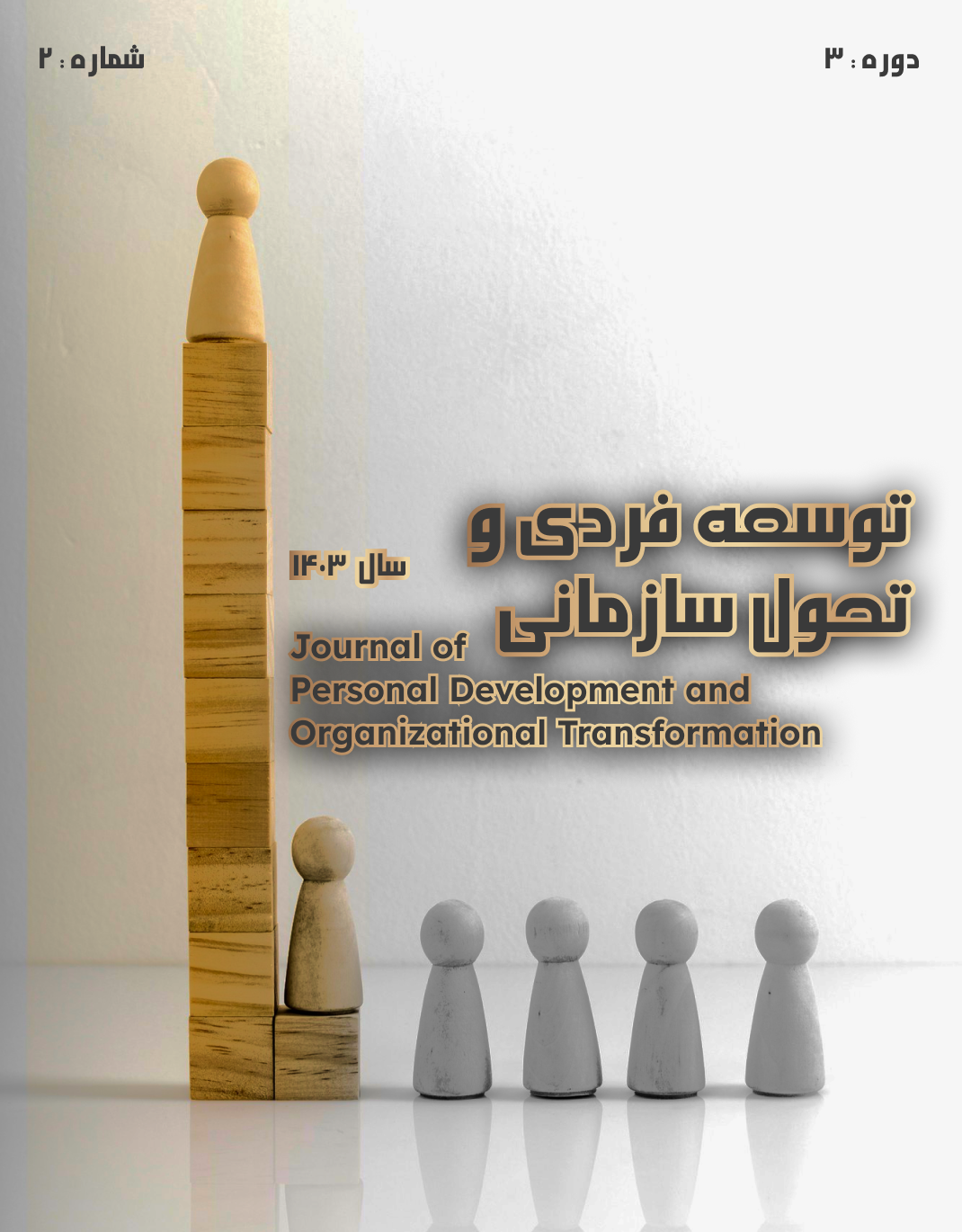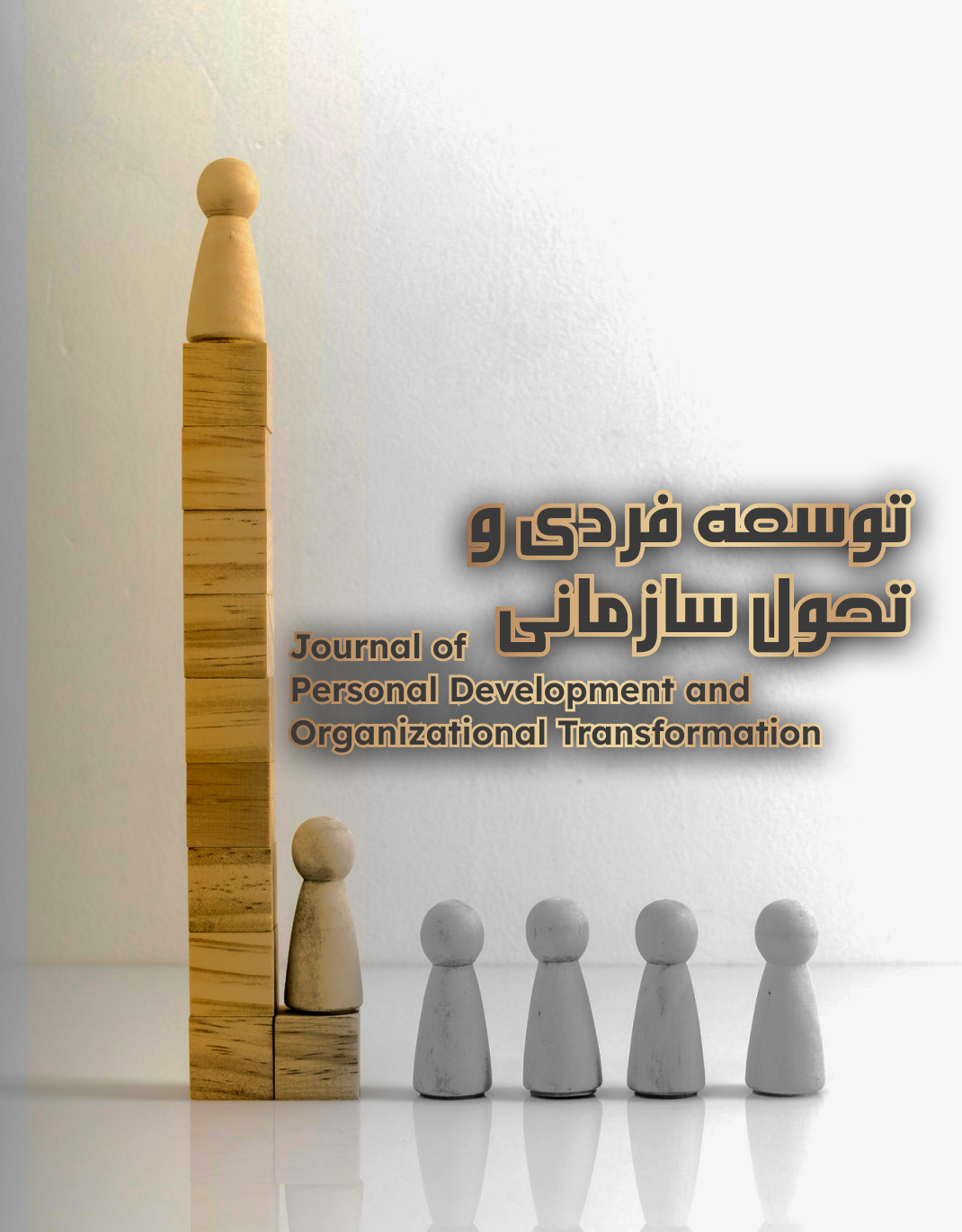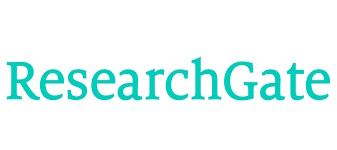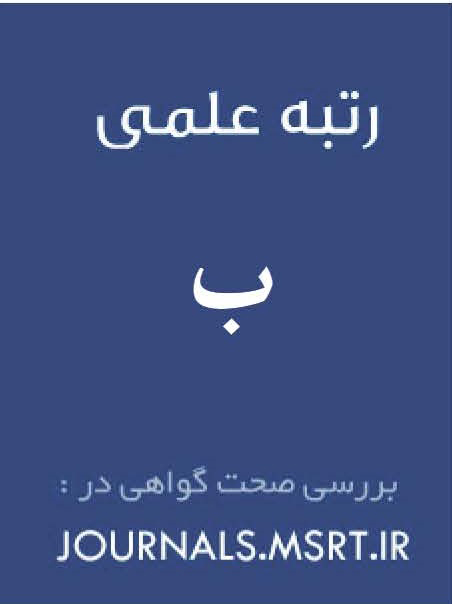طراحی مدل ارتقاء بهره وری كاركنان شرکت برق مبتنی بر هوش مصنوعی
کلمات کلیدی:
مدیریت عملکرد کارکنان, بهره وری سازمانی, هوش مصنوعیچکیده
هدف اصلی این پژوهش، طراحی مدل ارتقاء بهرهوری کارکنان شرکت برق با بهرهگیری از قابلیتهای هوش مصنوعی در راستای توسعه منابع انسانی و بهبود عملکرد سازمانی است. این تحقیق با روش آمیخته (کیفی-کمی) انجام شده است. در بخش کیفی با استفاده از تحلیل مضمون و نرمافزار MAXQDA، دادهها از طریق مصاحبه نیمهساختاریافته با 14 نفر از خبرگان و مدیران ارشد شرکتهای توزیع برق غرب کشور گردآوری شد. در بخش کمی، از پرسشنامه محققساخته و روش توصیفی-پیمایشی استفاده شد و نمونهای 351 نفری از کارکنان شرکتهای توزیع برق در استانهای غربی کشور با روش نمونهگیری تصادفی طبقهای انتخاب شدند. دادهها با SPSS و PLS تحلیل شدند. نتایج کیفی منجر به استخراج 100 شاخص، 24 مؤلفه و 10 بُعد اصلی شد. در بخش کمی، بعد «هوشمندی اخلاقی» بالاترین ضریب اهمیت (0.909) و بعد «بهبود مدیریت دانش و فناوری» پایینترین ضریب (0.741) را داشتند. همچنین نتایج آزمون t وابسته نشاندهنده وجود تفاوت معنادار بین وضعیت موجود و مطلوب در تمامی ابعاد بود. مدل نهایی نیز دارای 4 بخش اصلی شامل فلسفه و اهداف، مبانی نظری، نظام ارزیابی و سازوکار اجرایی تأیید شد. مدل طراحیشده با تأکید بر بهرهگیری از هوش مصنوعی، میتواند مسیر راهبردی برای افزایش بهرهوری نیروی انسانی در صنایع زیرساختی فراهم آورد. توجه به ابعاد درونسازمانی، توسعه اخلاق دیجیتال، ارتقاء مهارتهای فردی، آموزش مستمر و استفاده از ابزارهای تحلیل داده، کلید موفقیت این مدل خواهد بود.
دانلودها
مراجع
Ajarloei Nelkhah, B., Tabrizian, B., & Khandan Alamdari, S. (2023). Presentation and validation of a sustainable creativity and entrepreneurship model with an emphasis on standardization (Case study: Home appliance manufacturing companies). Journal of Standard and Quality Management, 13(3), 138-181. https://www.noormags.ir/view/en/articlepage/2101297
Akbari, N., & Ghaffari, A. (2017). Verifying relationship of knowledge management initiatives and the empowerment of human resources. Journal of Knowledge Management, 21(5), 1120-1141. https://doi.org/10.1108/JKM-10-2016-0435
Amani, N., Yousefi, A., & Fariver, F. (2019). Evaluation of factors affecting the increase of labor safety management productivity from the perspective of employers, contractors, and labor forces in construction projects: A case study. Journal of Standard and Quality Management, 9(Winter), 8-22. https://www.jstandardization.ir/&url=http://www.jstandardization.ir/article_107119.html
Ataher, M., Mirbehzad, M., Ebrahimipour, M., Mostafavi, M., Ramezanian, M., & Rahim, M. (2023). The impact of soft quality management on human resource productivity with the mediating role of employee ambidexterity. Journal of Standard and Quality Management, 13(3), 111-137. https://www.jstandardization.ir/article_186386.html
Bag, S., Gupta, S., Kumar, A., & Sivarajah, U. (2021). An integrated artificial intelligence framework for knowledge creation and B2B marketing rational decision making for improving firm performanceJO - Industrial marketing management. 92, 178-189. https://doi.org/10.1016/j.indmarman.2020.12.001
Fatima, H., Jan, S. M. H. A., Khan, A. K., Javed, S., & Rashid, M. (2024). Effect Of Artificial Intelligence On The Human Workforce. International Journal of Contemporary Issues in Social Sciences, 3(1), 1197-1203. https://www.researchgate.net/profile/Saba-Javed-6/publication/378527284_EFFECT_OF_ARTIFICIAL_INTELLIGENCE_ON_THE_HUMAN_WORKFORCE/links/65df07c2adf2362b635aa3fa/EFFECT-OF-ARTIFICIAL-INTELLIGENCE-ON-THE-HUMAN-WORKFORCE.pdf
Hamouche, S. (2023). Human resource management and the COVID-19 crisis: Implications, challenges, opportunities, and future organizational directions. Journal of Management & Organization, 29(5), 799-814. https://doi.org/10.1017/jmo.2021.15
Huang, X., Yang, F., Zheng, J., Feng, C., & Zhang, L. (2023). Personalized human resource management via HR analytics and artificial intelligence: Theory and implications. Asia Pacific Management Review. https://doi.org/10.1016/j.apmrv.2023.04.004
Jhurani, J. (2024). Revolutionizing Enterprise Resource Planning: The Impact Of Artificial Intelligence On Efficiency And Decision-making For Corporate Strategies. International Journal of Computer Engineering and Technology (IJCET), 13, 156-165. https://www.academia.edu/download/112788583/IJCET_13_02_019.pdf
Kalateh Aghamohammadi, A., & Sharifi, S. M. (2022). Examining the place of artificial intelligence in human resources from the perspective of the role of artificial intelligence in eliminating jobs (Case study: News broadcasting). Journal of Media Futures Studies, 3(3), 36-64. https://www.researchgate.net/publication/378051141_Examining_the_Role_of_Artificial_Intelligence_in_Remodeling_Human_Resource_Function
Keshavarz, H., & Bakhshi, R. (2022). Innovation and productivity: A case study of developing countries. Innovation Ecosystem Journal, 2(2), 1-16. https://innoeco.usb.ac.ir/article_7370.html
Majid, M., Karbasian, M., Sarafraz, A. R., & Golboo, P. (2022). Identifying and reviewing the concepts of human reliability and its impact on organizational productivity. Journal of Standard and Quality Management, 12(4), 186-201. https://www.jstandardization.ir/&url=http://www.jstandardization.ir/article_170699.html
Mirsalimi, E. S., & Afkaneh, M. (2023). Human resource management policies in dealing with the opportunities and threats of using social networks in organizations. Human Resource Management Research, 15(2), 11-48. https://hrmj.ihu.ac.ir/m/article_208263.html?lang=fa
Mohammadi, M., Daneshfard, K., & Asadi, E. (2023). Work-life balance model with a human resource management approach. Journal of Human Resource Management and Support Development, 69, 97-122. https://www.magiran.com/paper/2645745
Nguyen, A., Ngo, H. N., Hong, Y., Dang, B., & Nguyen, B. P. T. (2023). Ethical principles for artificial intelligence in education. Education and Information Technologies, 28(4), 4221-4241. https://doi.org/10.1007/s10639-022-11316-w
Nourozi, F. N., Ebrahimi, M., Khodaparast, M., & Shirazi, J. (2021). Investigating the factors affecting productivity growth in Iran using the artificial neural network algorithm. Journal of Economic Growth and Development Research, 11(42), 35-58. https://journals.pnu.ac.ir/article_6234.html
Prajogo, D. I., & Sohal, A. S. (2003). The relationship between TQM practices, quality performance, and innovation performance: An empirical examination. International Journal of Quality & Reliability Management, 20(8), 901-918. https://doi.org/10.1108/02656710310493625
Saghafi Asl, A., Majidzadeh, S., & Tekei, N. (2023). Measurement and evaluation of the results of smart city projects in different countries and extraction of superior patterns to improve the performance of future projects. Journal of Urban and Regional Sustainable Development Studies, 4(2), 17-32. https://www.srds.ir/article_182337.html
Shahinpoor, A., & Karabolo, K. (2022). Presenting a model of the impact of economic variables on total productivity in Iran. Journal of Productivity Management, 16(1), 279-230. https://journals.iau.ir/article_690145.html
Timming, A. R. A. U. M. J. (2023). Bridging human resource management theory and practice: Implications for industry‐engaged academic research. Human Resource Management Journal, 33(3). https://onlinelibrary.wiley.com/doi/abs/10.1111/1748-8583.12523
Yeganeh, S. K., & Abdi Ghorghani, M. (2024). Enterprise resource planning in improving operational productivity. Journal of Management and Productivity, 6(20), 1-8. https://jocrimas.ir/fa/showart-b6a3046f1d3ff3d70d5ca503d4939939
Zahedi, M. R., Jafari Sarouei, P., & Hakimi, H. (2018). Presenting solutions to increase the productivity of human capital in teamwork. Journal of Standard and Quality Management, 8(Winter), 6-17. https://www.jstandardization.ir/&url=http://www.jstandardization.ir/article_85857.html
دانلود
چاپ شده
ارسال
بازنگری
پذیرش
شماره
نوع مقاله
مجوز
حق نشر 2025 مریم پاکنژاد (نویسنده); حسینعلی جاهد; رضا سورانی یانچشمه (نویسنده)

این پروژه تحت مجوز بین المللی Creative Commons Attribution-NonCommercial 4.0 می باشد.







